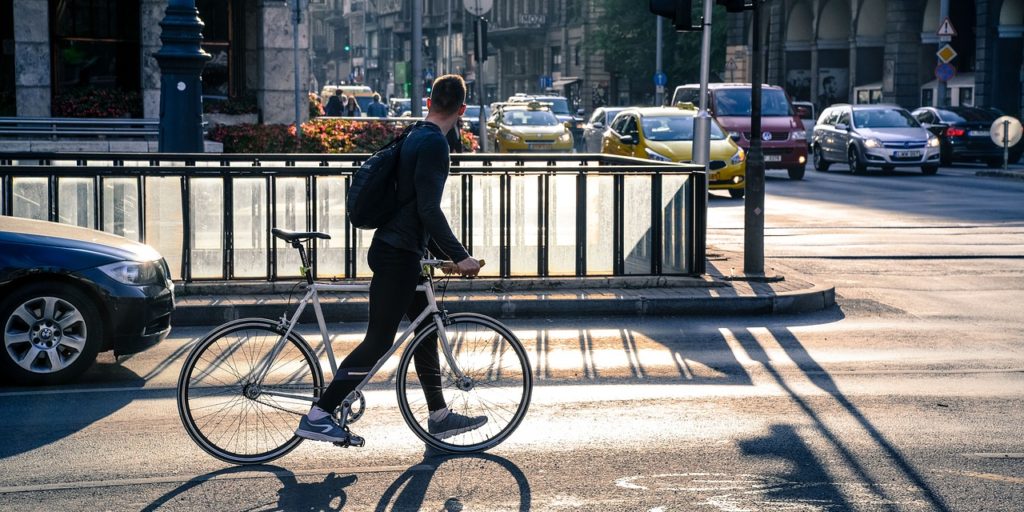- Lifetime licence bans are needed to fight drinking and driving - January 6, 2021
- Tinted windows in automobiles: are they permitted in Ontario? - August 7, 2020
- Recent cycling deaths point to a need to make roads safer - July 27, 2020
The increasing number of injuries and fatalities to vulnerable road users has reached crisis proportions and requires a shift away from “car culture,” Ontario personal injury lawyer Patrick Brown tells the CBC.
In an interview with Metro Morning, Brown tells host Matt Galloway a culture shift is needed to stop pedestrians and cyclists from being killed by vehicles.
“Originally, when I was doing these types of cases, it was very sad, and obviously very trying to deal with all the emotion behind the person,” says Brown, a principal partner with McLeish Orlando LLP. “But I must say after 20 years, just by the volume and the number of pedestrians and cyclists being killed on our streets, now it’s changing to anger.”
Brown says, according to Public Health Ontario statistics, 20 people are brought to an emergency ward as a pedestrian or cyclist hit by a car each day.
‘Record numbers’
“Those are crisis proportions. We’re setting record numbers in the last decade,” he says, pointing to the Office of the Chief Coroner for Ontario’s Pedestrian Death Review.
In that 2010 report, Brown says the coroner provided specific recommendations to governments and municipalities to reduce and prevent pedestrian collisions, which ultimately result in needless injuries and preventable deaths.
“The first and primary recommendation that the coroner made was to have streets that include all people,” he tells Metro Morning. “You have to design roads for that. That’s the primary thing.”
Other recommendations included pedestrian crossovers, lane reductions, and lower speed limits — specifically on residential streets with a recommended limit of 30 km per hour.
Brown says the solutions implemented so far have been piecemeal and backwards.
“You’re going to have to fight to reduce the speed limit, or if you want a bike lane, you’re going to fight for it. It should be the other way around,” he tells CBC.
In the last 40 years, Brown says motor vehicle fatalities have been decreasing because governments have taken proactive steps to design roads to protect people inside of cars.
‘Speed kills’
“Those statistics do not apply to pedestrians and cyclists — those have been going up. We know speed kills, and [municipalities and governments] are dragging their feet on implementing lower speeds and on implementing the coroner’s recommendations.”
Brown tells Metro Morning that there needs to be a pivot from the prevailing “car culture.”
“We have a culture where the majority of people drive cars, and the laws are made by politicians who drive cars. The court system — the judges and the lawyers — are all car drivers … so when it comes down to implementing specific things, we find that that culture gets in the way,” he says.
That extends to accountability when pedestrian and cyclist injuries and fatalities occur, he says.
“The person who broke the law, even if convicted, is likely walking away with a very small fine,” Brown says.
When asked if he thinks that the anger around deaths of vulnerable road users is going to translate into action, Brown says he’s not sure.
“Sometimes it feels like you’re hitting your head against the wall,” he says, noting he has been in front of the steering committee with the current and previous governments.
“We’re simply asking them for a very basic new law,” Brown says. “It’s such a tough road to get these politicians to understand what’s going on and to make the necessary changes,” to put some accountability and deterrence in the justice system and to stop dealing with road safety in a piecemeal fashion.

